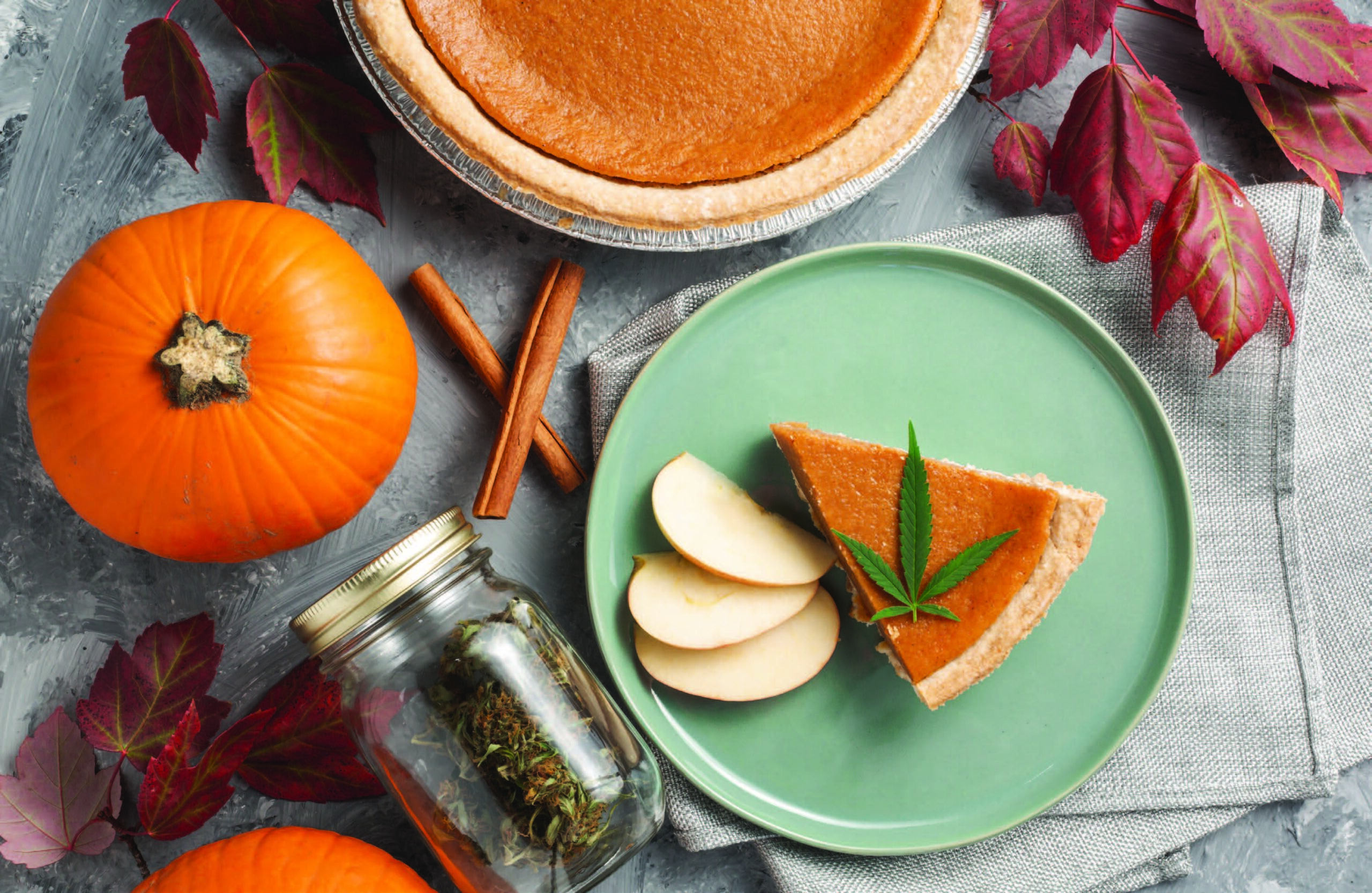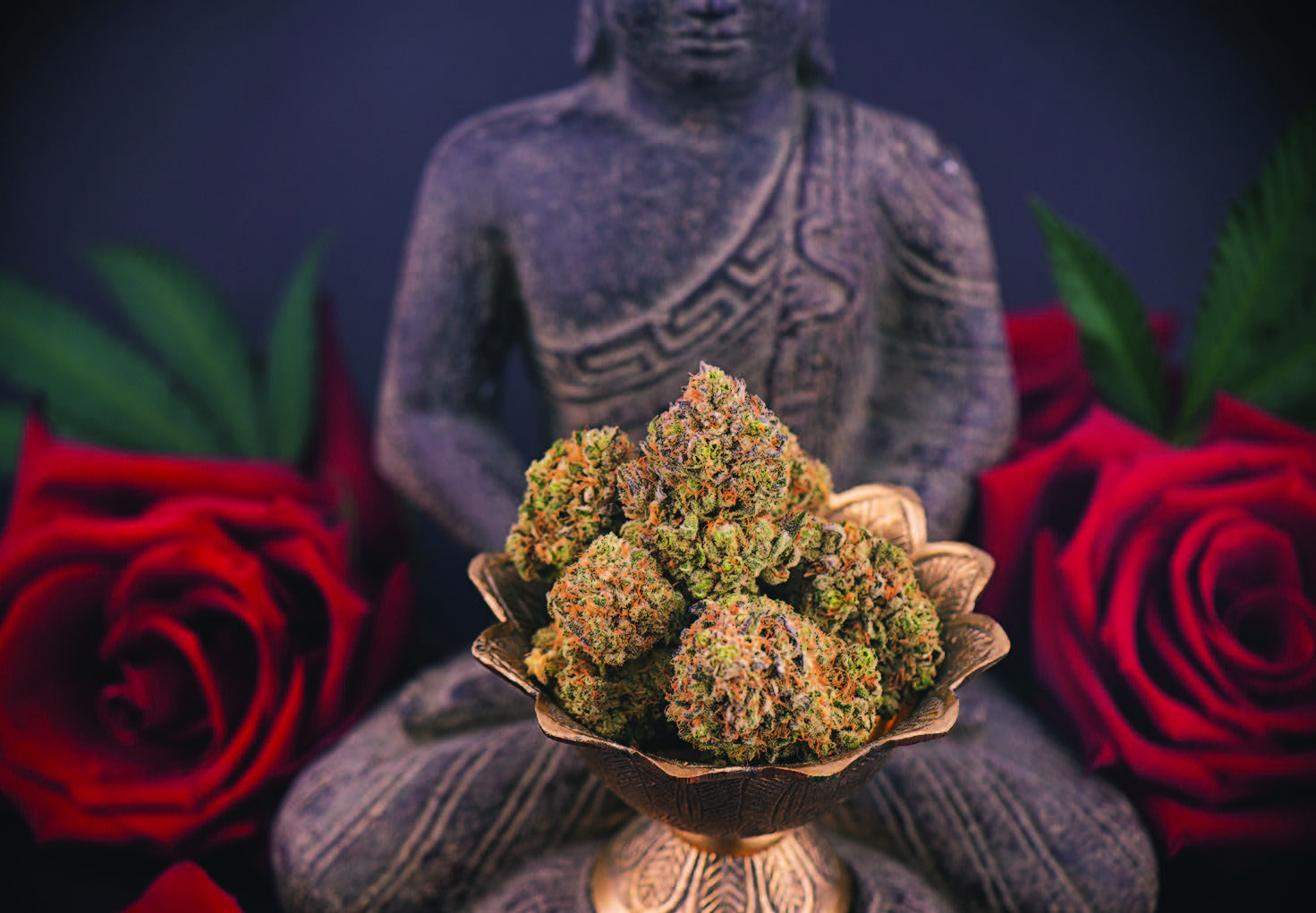I don’t know about you, but it kind of blows my mind that raw milk is illegal. How can something that’s naturally produced on every dairy farm and ranch in the country be unlawful to sell without serious regulation? And yet, the FDA bans the sale or distribution of raw milk, requiring pasteurization before it crosses interstate lines on the grounds that this white liquid is a threat to public health. It’s those dangerous microorganisms that they’re worried about, with claims that unpasteurized milk is 150 times more likely to cause food-borne illness than the pasteurized kind.
When did it become so dangerous? Back in the day, all we had was raw milk – but you probably got it from the farm next door. As people moved to the cities, the milk supply got a little sketchier. The milking stalls became more crowded to accommodate the population increase, and the milk itself traveled long distances without proper refrigeration. I’m imagining open-air milk trucks happily careening down a Dickens-like cobblestone street lined with children playing in the mud and drunken men quarreling as they step in large piles of manure. Maybe I have an overactive imagination, but sounds like it was the worst of times, indeed.
The safety of this all-important elixir was paramount, and so those in powerful and important positions made a decision: milk shall be pasteurized to remove those terrible impurities and unwholesome qualities. Milk producers protested – these new pasteurization requirements were unconstitutional and would hurt their businesses – but the Supreme Courts disagreed and regulations were put into place. And, actually, it worked. There was a drastic drop in food-borne illnesses caused by milk.
While the FDA banned interstate sales, statewide sales of raw milk were left up to the state’s discretion. Over the last few decades, many states have legalized everyone’s favorite calcium supplement as an attempt to regulate an already-existing underground network. It’s funny to imagine black market sales of something as common as milk, but it was happening (although I’m sure your raw milk dealer probably didn’t make you hang out at his house for an hour and watch him play video games, just to make sure the neighbors didn’t know he was a dealer). Today, 20 states still prohibit its sale, but eight of those states (Colorado included) have a funny loophole that allow you to obtain raw milk if you enter a cow-share agreement. Give the farmer an agreed-upon fee and become a co-owner of the herd. In exchange, you get a share of the milk. Sounds fair to me!
Is it safe? Maybe, maybe not. Apparently things like shredded lettuce, ground beef, and Goldfish crackers aren’t safe anymore, either. In all seriousness, you should probably get to know your local farmer before trying it out. If you see something you don’t like, you can certainly say, “No, thanks!” But a good raw milk producer will tell you everything you want to know about their process. Rocky Ridge Farm in Cortez (where I get my milk) only milks grass-fed Jersey cows. They follow careful sanitation procedures to minimize the risk of contaminating their milk with unwanted pathogens, and they publish their milk quality plan and test results right on their website.
So, I signed up. Unfortunately, I don’t like to drink milk… and yet, I decided to show my support for a local farmer by buying a gallon a week of something I’m not that into? Yup! Some people go for raw milk because of its nutrient value, and others claim that it cures their allergies. Me: I was all in for the cheese.
While pasteurization kills harmful bacteria, it also changes the composition of the milk itself. And, the bigger problem is that many grocery stores only carry milk that’s been ultra-pasteurized (UP) or treated with ultra-high temperature sterilization (UHT). Those milks are heated anywhere from 191° to 280°. That might get rid of the nasties, but it also takes away subtle flavors from the milk and it can make it difficult to form good curds. On the other hand, raw milk makes the most exciting cheese! Its extra enzymes and cultures add sharper flavors and cheesier bites to the finished product. You don’t need as much starter culture because naturally occurring flora is present in the milk. And, the curds form more readily since the milk has never been heated. The sky’s the limit!
Any cheese you can buy at the grocery store – ricotta, mozzarella, feta, halloumi, Camembert, cheddar, blue cheese – can be made at home with a few specialized ingredients, some shaping baskets, a press (for hard cheeses), and a whole lotta patience. So, if you’re crazy like me and want to make a pound of cheese a week, sign yourself up for a raw milk share. I promise it’ll be the best cheese around.
Lindsay D. Mattison is a professional chef and food writer living in Durango. She enjoys long walks in the woods, the simplicity of New York-style cheese pizza, and she’s completely addicted to Chapstick. Contact her at [email protected].













